How to prepare yourself for a mountain journey
How to prepare yourself for a mountain journey ( part I )
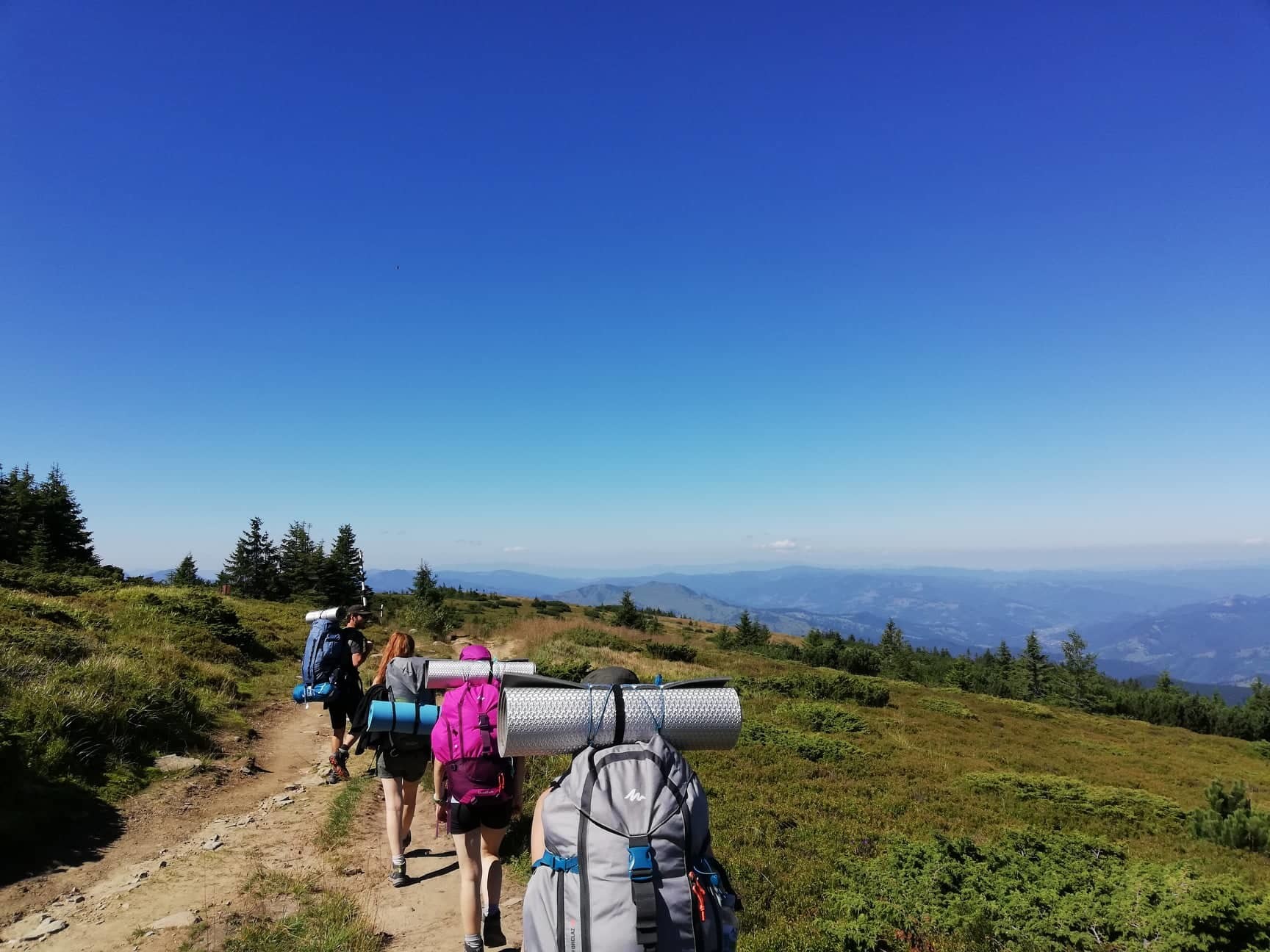
What I have been learning so far
I've been travelling regularly to the mountains since 3 or 4 years ago and during this perioad I have had good experiences and also bad ones from which I have learned many things about the necessary mountain equipment recommended for keeping me as safe, comfortable and healthyas possible.

Of course, besides the gear preparation, I have discovered and improved other significant aspects of trekking such as having a deep understanding and especially huge respect towards the foreign, wild natural places like the endless forests, the smallest and highest peaks, the animals and birds, the never ending paths, the beautiful well smelling flowers or the various medicinal plants, the great stones and cliffs, the people who are constantly working to maintain and mark the routes, the Mountain Rescue who once helped my friends and I when the night caught us on the mountain and the list could go on and I will probably write a separate article about why mountain trekking has become a strong passion of mine.

Three aspect that I always take in consideration before going on the mountain
I can say that there are four parts in which I try to prepare myself before going on the mountain:
-
the mental and soul training ( this one is actually developing and growing during the time spent on the mountain )
-
the physical training ( for example, when I know that the trail that I am going to take has a higher difficulty I like to work out before so I will be much more in shape and ready for it and also doing like so I prevent future and possible muscle soreness or injuries that could occur any time )
-
the documentation ( before going anywhere, I first search information about that place regarding the access points, the weather, the trails, the water sources, some main aspects of the terrain,
-
the equipment
In all of my mountain journeys I have seen many people not being properly equipped for the trail that they have chose thus putting themselves in danger as I did when I first started this way of travelling. So, with this article, my aim is to maybe help those who are interesting and need information about the basic mountain equipment.
The Mountain Equipment
The reason why I really want to write about the last one from this list, namely the equipment is because I have come to the conclusion that this is a very important part of travelling in nature. When I've first started travelling to the mountain I didn't knew and also didn't had any appropriate clothes, shoes or additional but much needed things like a head lamp, a map or a raincoat.
With time, I got to learn from my own experiences. Also, I have been helped by the many articles written by experienced people in this field and in this sense recommend the online platform "Munții Noștri", the episodes on youtube belonging to Ioan Stoenică ( he has a beautiful and helpful blog too) or the videos made by Doi Viezuri, Cezar Outdoors, Pirații Muntelui or Costin Miu and many more that everybody can find with a Google search.
Tomorrow evening starts my next journey to the mountains. I will participate in a project called "Școala de mers pe munte" which translates as "The school of going on the mountain" and I want to present here the things that I will be carrying with me in this travel regarding to the mountain equipment. The organizers of the event asked us and recommended us to take some of the things that I will share below.
I find obligatory to say that the equipment I am talking about is suitable for the warm season mainly for summer. The equipment for winter is totally different and requires even more belongings.
The summer hiking boots
From far, the most important piece the equipment are the shoes. These have to be hiking boots which can support the ankle on a rough terrain.
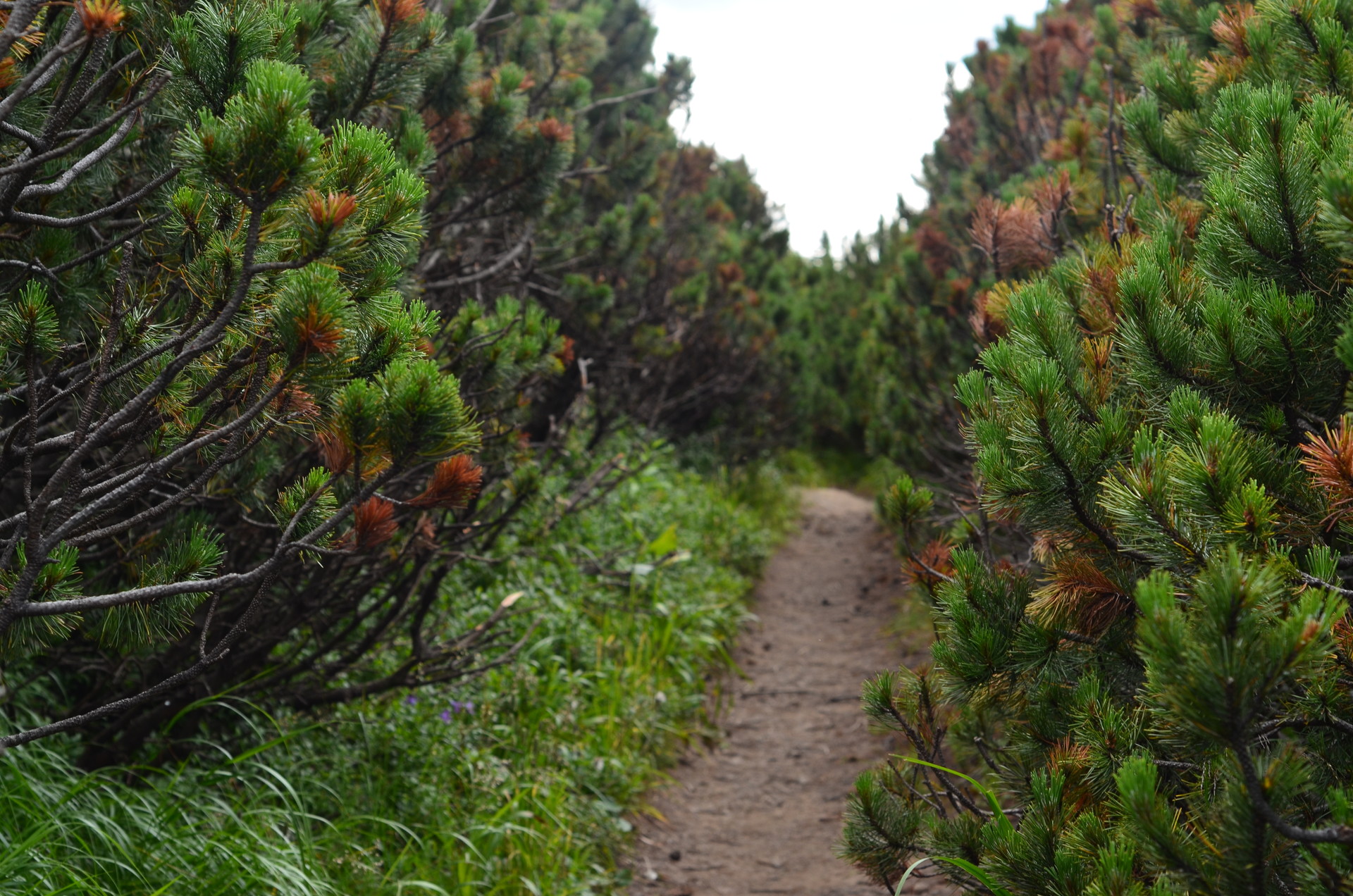
The boots should have deep-lugged soles of tough rubber to avoid slipping on any surface and also be waterproof. It is advisable to buy boots with a size larger than your current size because during walking the foot can be swollen.
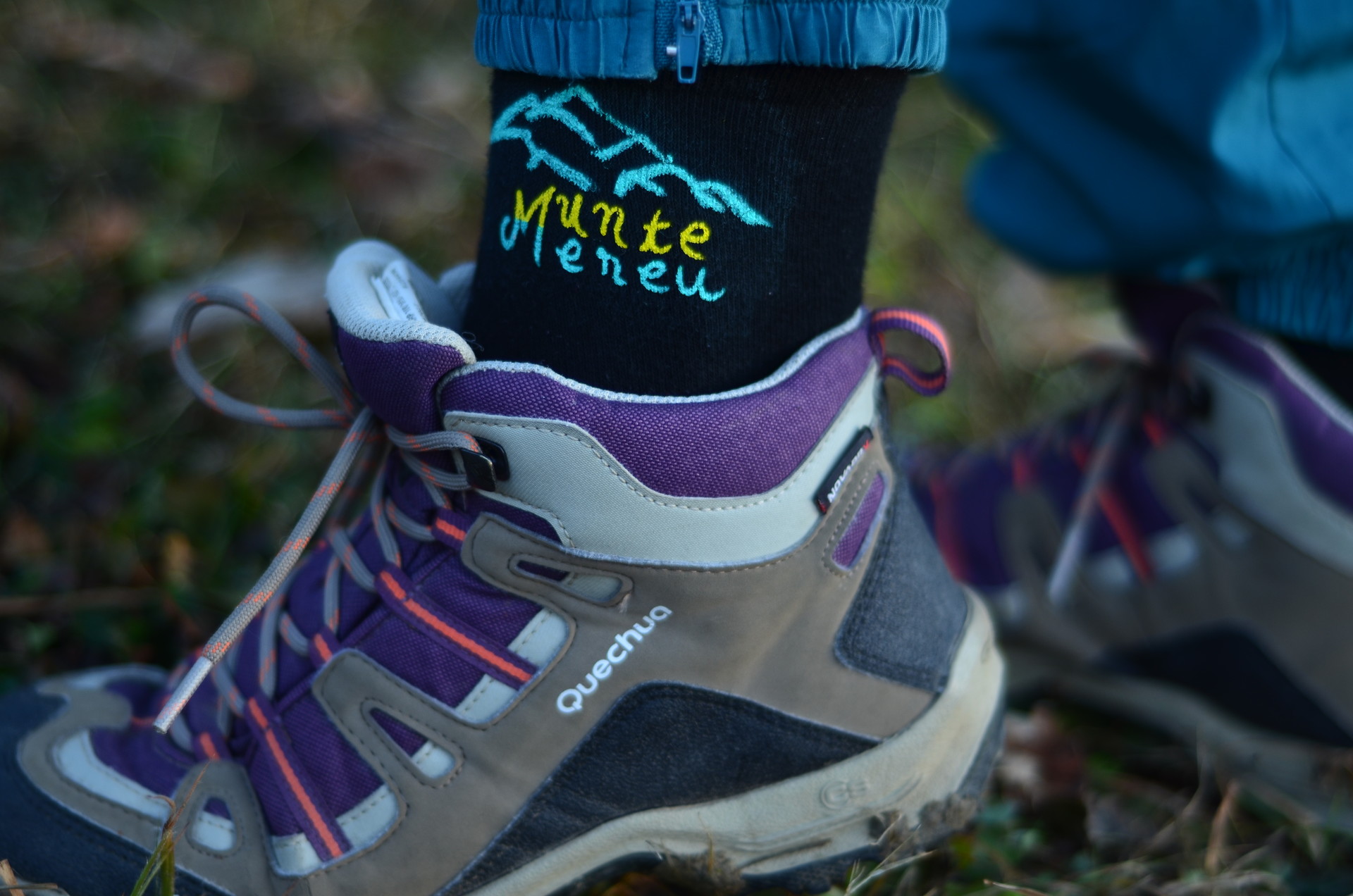
I have had a pair of hiking boots since circa 1 year now and the shoes have proven to be very good, so the price quality ratio is a positive one taking in consideration the fact that these hiking boots are not from the expensive and professional ones.
I have not encountered major problems waering them in in terms of number matching, sliding, water resistance. I have used these boots in longer hikes from 2 to 3 days and also in a daily hike.
On the upcoming mountain trip I will also take another pair of shoes which are more for trail running and not so high on the ankle like the previous boots. You can see it in the image below along with the mud from my last adventure. Sorry for that, but this is the reality.

Actually, in my last trekking trip I have worn these for the first time and I was a bit nervous about that because I was afraid that being new it could cause me blisters, but I had no problem linked to that. At the same time, I have chose to wear the new shoes on a shorter trail of that trip thinking that if I was to suffer, I would suffer less.
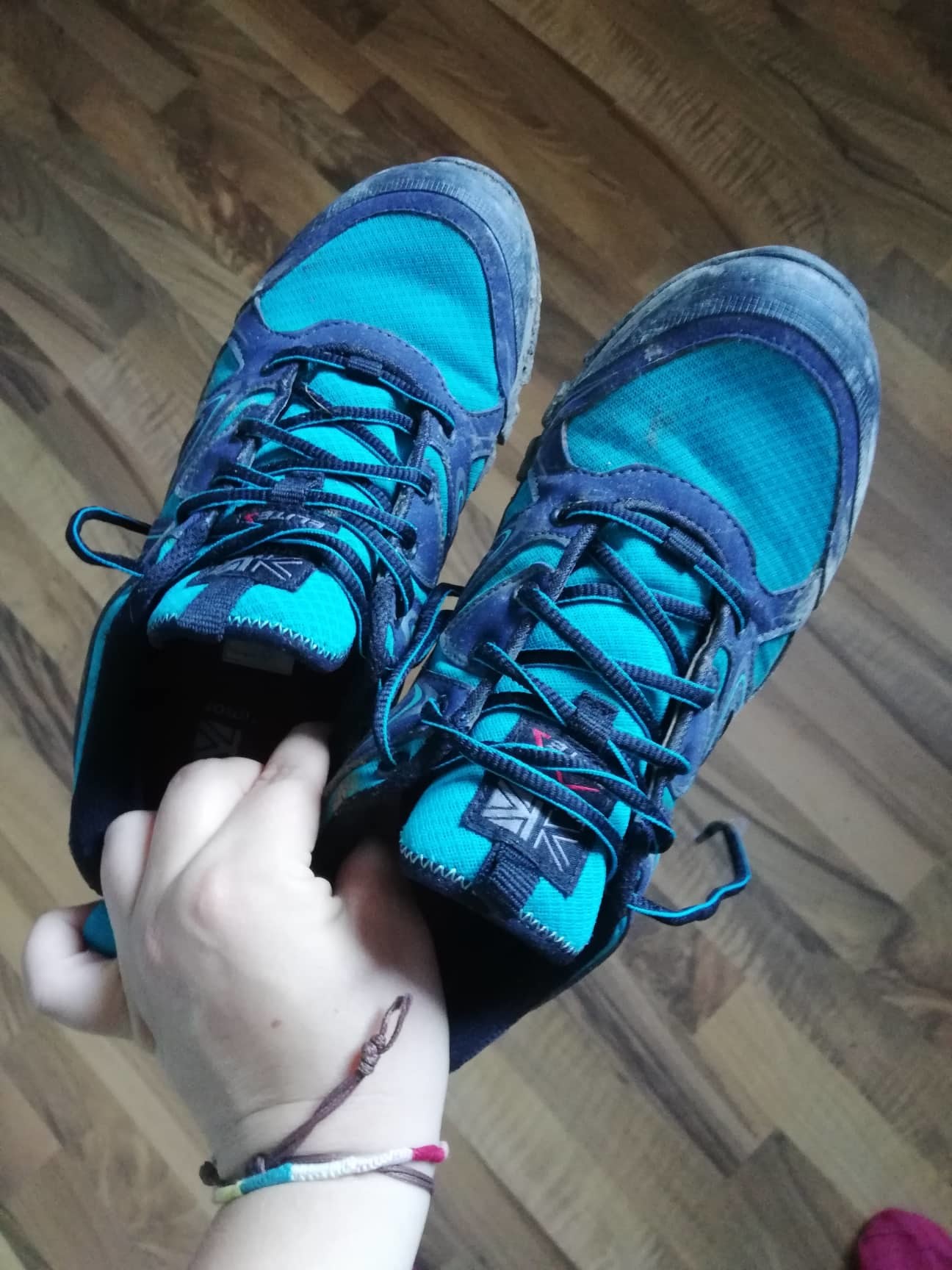
The people from "The School of Going on The Mountain" have adviced us before coming to the camp to wear ahead the new hiking boots for the shoe to soften and get used to the foot and this is what I've already done in the Ceahlău mountains.
What kind of clothes I am wearing on the mountain in the summer season?
Besides the shoes that I am putting in my feet, the clothes are another considerable elements of the mountain equipment. When I first started climbing, as the hiking boots situation, I didn't had the suitable clothes either, but over time I learned that the sportswear are suggested. Why?
Actually and truly hiking is a sport and not an easy one. I am always feeling like I am working out during a hike because I walk mainly through a rough terrain, I bounce and hop over roots and stones both if I am climbing or going down the path and especially when I am climbing all of the time I feel like my heart is beating out of my chest due to the big effort that it takes. So, because of that, the clothes that I am wearing should be comfortable allowing me to do wide movements.

Frequently, for my legs I choosing to wear elastic cotton leggings or mountain trousers which I can make long or short due to a zipper that they have. In the upper part of my body I am having a cotton T-shirt.
Mostly, it is recommended to wear clothes made out of a polyester material that dries much faster than cotton when sweating or raining occur, but for my experience, I could not wear such things because I really did not feel good in it, but rather inconvenient and stucked like I could not breath. Instead, to solve this problem, I decided having constantly changing clothes with me when I am going on the mountain.

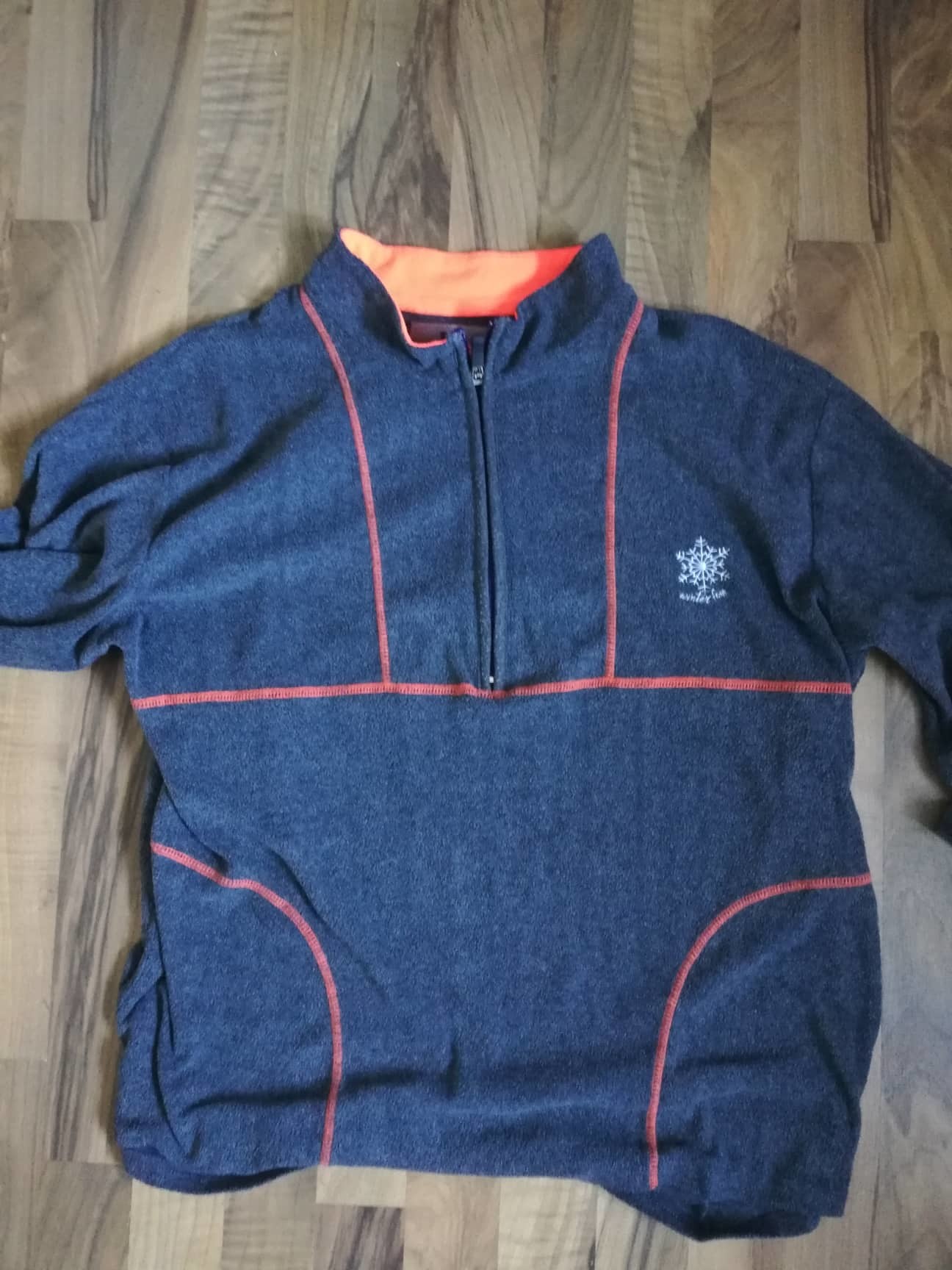
Apart from this, my socks and bras are chiefly sportswear. I never miss the polar fleece and the mountain jacket and depending on the weather outside I either wear them or carry it in my backpack.

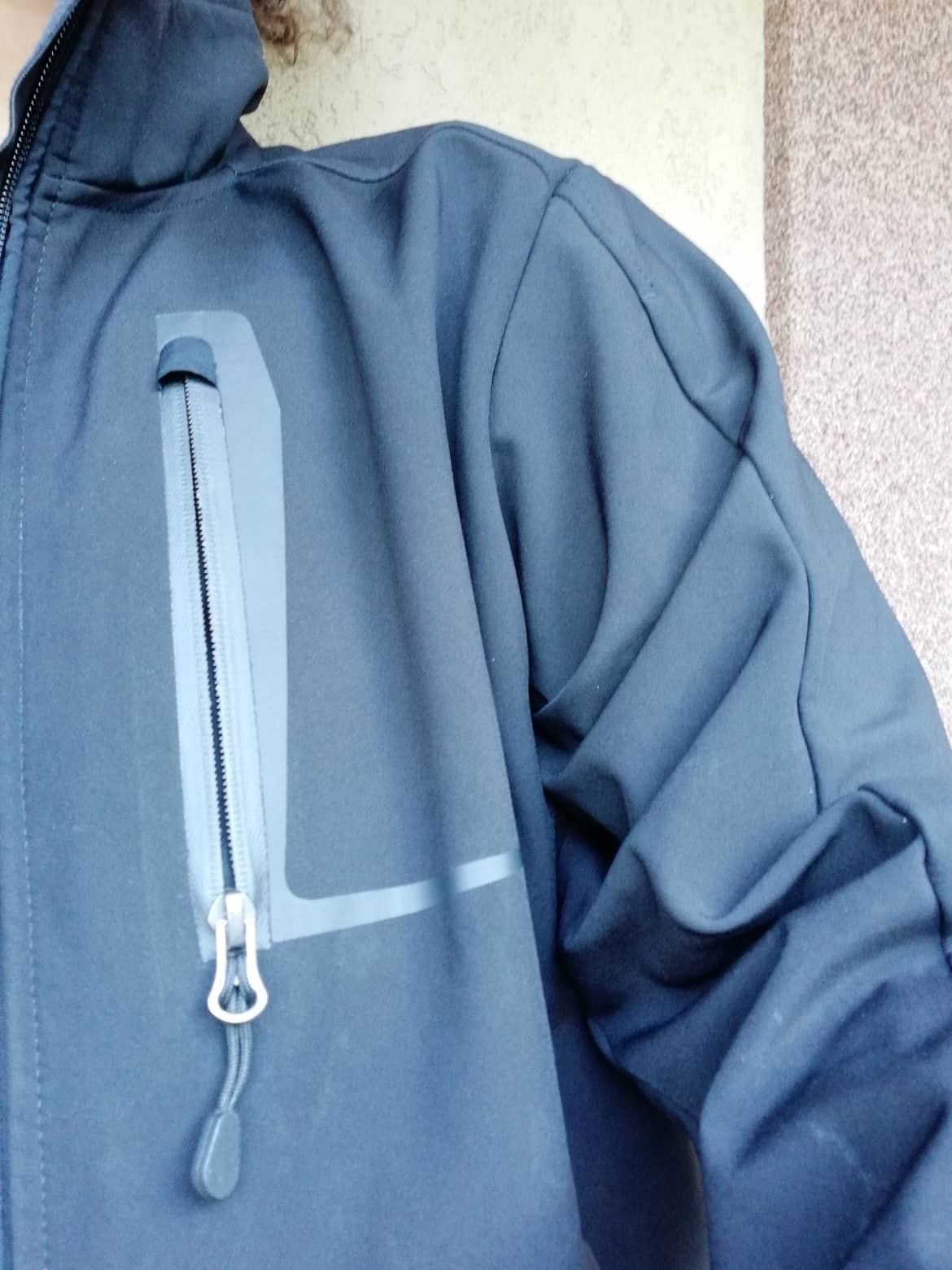
Particularly, I am very satisfied with my latest jacket which I bought second hand because is a recycled functional softshell that is waterproof, windproof and breathable. The outside layer it is made of a slippery material and the inside of a warm fleece. I have been using this jacket both in summer and winter and it has proven to be one of the best items from my mountain equipment.
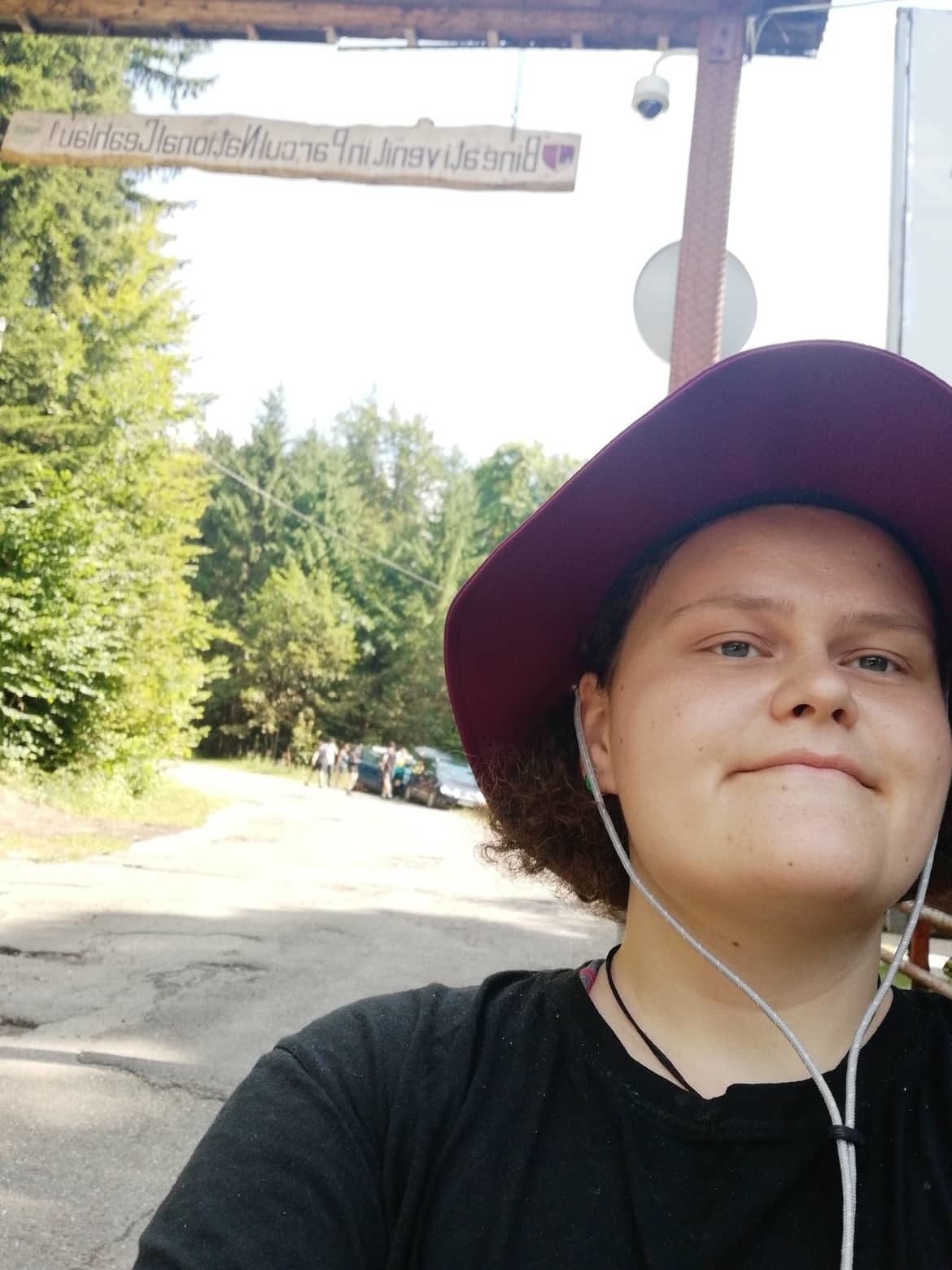
In the summer time, after many sun burns and head aches, finally, I am now putting a hat on my head. Other times when is raining, getting cold or windy, I am using a so called buffer. I have two, one is for my head and the other one is for my neck. I am totally protected with these.

...not finished yet, there are many words to come in the second part of this article
Photo gallery
Want to have your own Erasmus blog?
If you are experiencing living abroad, you're an avid traveller or want to promote the city where you live... create your own blog and share your adventures!
I want to create my Erasmus blog! →




















Comments (0 comments)